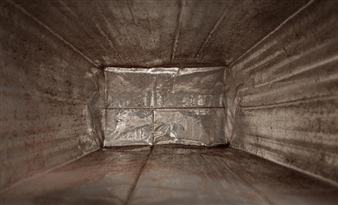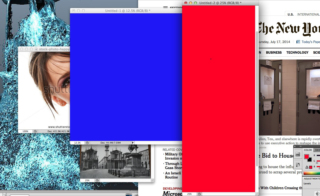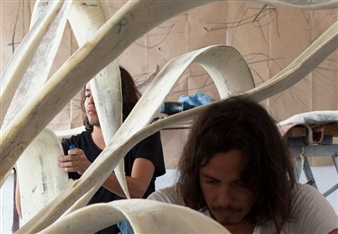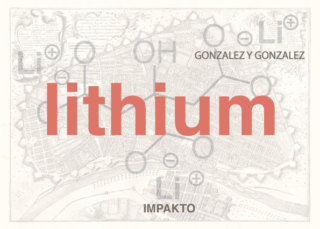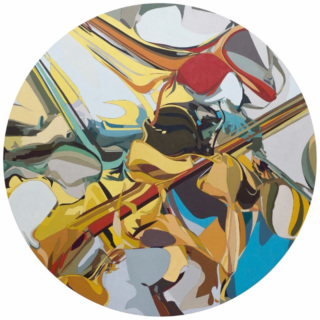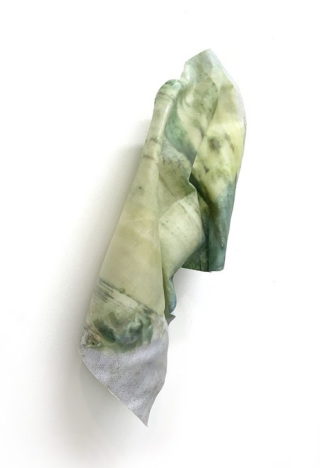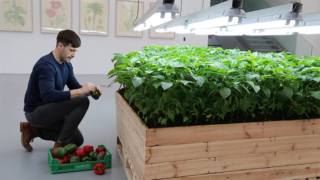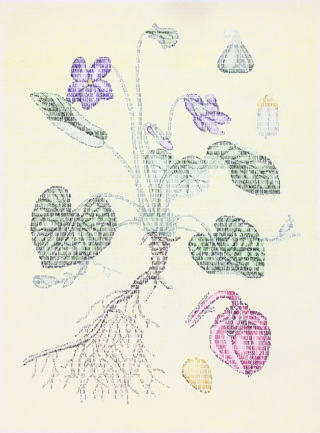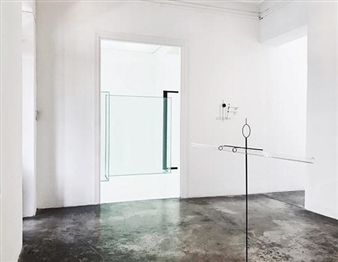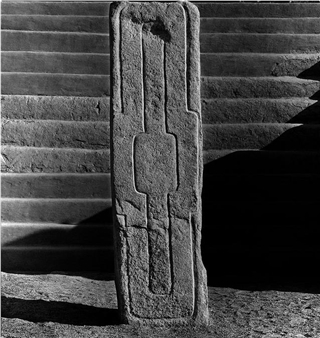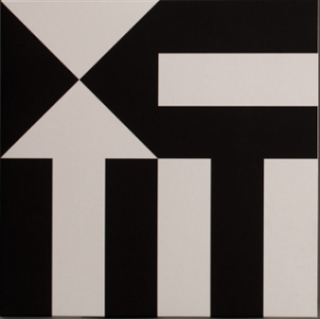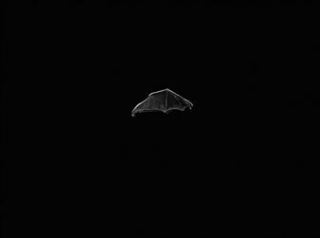TAPAPA
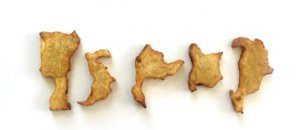
The Lima Contemporary Art Museum, Lima, Barranco, 04/20/2016
Museo de Arte Contemporáneo de Lima Av. Grau 1511, Barranco, L04, Perú
MAC Lima PERFORMANCE. April 20, 2016. 4-7pm
Tapapa is a gastronomic performance that is part of a line of research Juanli Carrión is developing, on the history of the gastronomic appropriations that are given as part of colonialization, and takes the name of Culinialismos . Through the analysis of different processes of appropriation and collective actions, stories associated with the idea of exclusion, domination or separation related to the construction of cultural identity are revealed.
The first action of this series was Pigmentus , which consisted of a meeting with the residents of the region of Vega Media del Segura in Murcia (Spain) around the garden OSS # VMS. Outer Seed Shadow (OSS) is a series of interventions in which Carrion materializes the link between wildlife and human interaction by creating geopolitical gardens, using different plant species as representatives of social groups or individuals. The garden OSS # VMSinstalled at the Center for Contemporary Art The Cannery, was welcomed to the geographical limits of the region and the plants were selected after investigating the idiosyncratic relations of its five municipalities, each represented by a distinct variety of pepper . The pepper is considered a symbol of the cuisine of the region of Murcia, besides being one of the vegetables with which they worked in the cannery that gives name to the center.However, pepper comes from Central and South America which is known as chili or chili. The word comes from the Latin pigmentum pepper (coloring matter, color, pigment). Pigmentum took shape in a popular appetizer for which Carrion cooked a ratatouille (typical regional dish) with fruit garden installed in the cannery peppers. The appetizer served as a detonator and context to discuss different aspects that define the social reality and cultural identity of the region, causing interaction and sharing of attendees.
Continuing the series Culinialismos , Juanli Carrion made a performance in the MAC of Lima within the specific framework of PARC under the name Tapapa . For this occasion, Carrion use potatoes to reflect on the silent exercises economic colonization existing today in Peru. The opening day of the fair, Carrion Cook for different visitors appetizers made with potatoes, shaped regions of Peru (Ucayali, Ayacucho, San Martin, Loreto, Madre de Dios, Huanuco and Pasco) most affected by exploitation of natural resources due to different national interests and foreign companies.
A native of northern Peru, the potato is one of the most prominent cultural signs of the country, present even in different art forms as sculptural material, as is the historical event of the Moche culture or Ayacucho retablos. Today it is present in virtually all the cuisines of the world, having left the American continent for the first time from the hand of Christopher Columbus. The Pope dragged many prejudices to become one of the staple foods of the European diet; including emphasizes the importance in rural communities and the poorer classes, as well represented countless painters or writers of the nineteenth century as Jose Julio de Souza or Vincent Van Gogh.
Tapapa uses the historical legacy of the pope and turn replays with the etymological origin of the pope words and tata whose meaning in different countries of Latin America is associated with party, partying, partying, heart, silly, etc ... and potato whose origin in Europe again reveals a history of appropriation, which makes it perfect vehicle to analyze current "cold" means of colonization and its social and environmental consequences.
For More Information